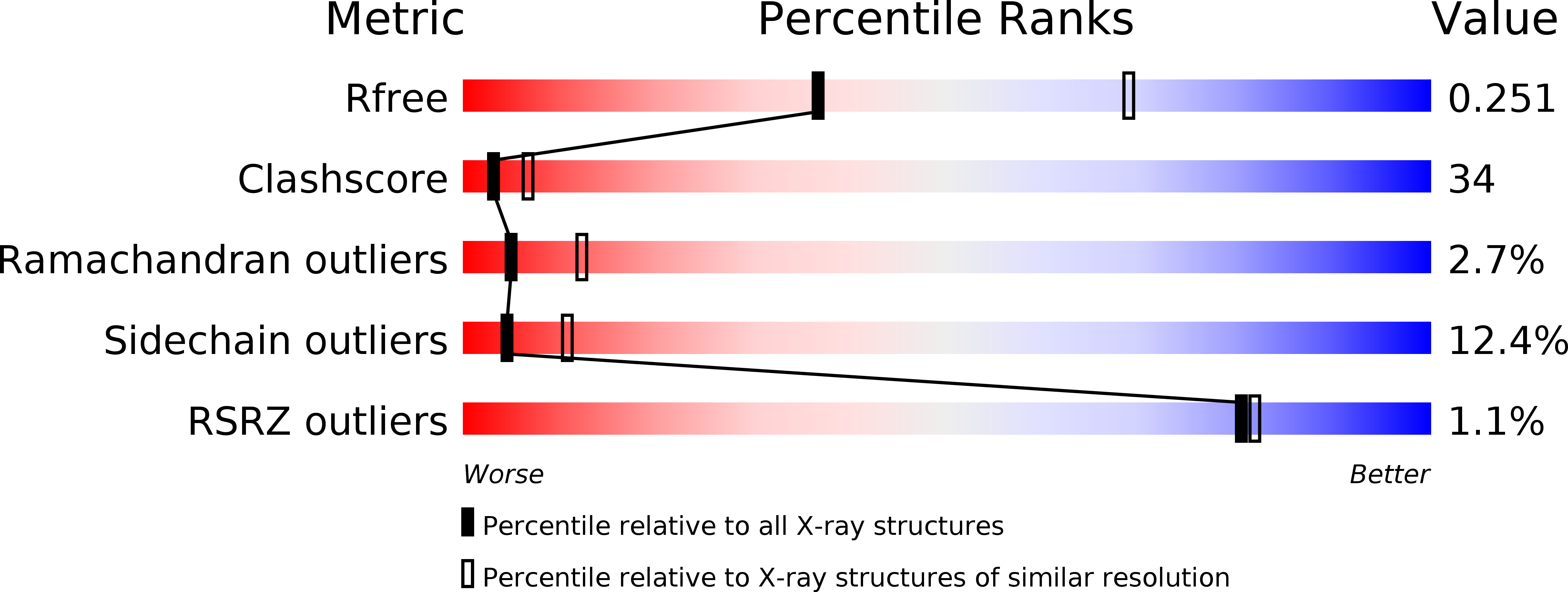
Deposition Date
2006-10-08
Release Date
2007-01-16
Last Version Date
2024-11-13
Entry Detail
PDB ID:
2INN
Keywords:
Title:
Structure of the Phenol Hydroxyalse-Regulatory Protein Complex
Biological Source:
Source Organism:
Pseudomonas stutzeri (Taxon ID: 316)
Host Organism:
Method Details:
Experimental Method:
Resolution:
2.70 Å
R-Value Free:
0.25
R-Value Work:
0.20
R-Value Observed:
0.20
Space Group:
P 21 21 21


